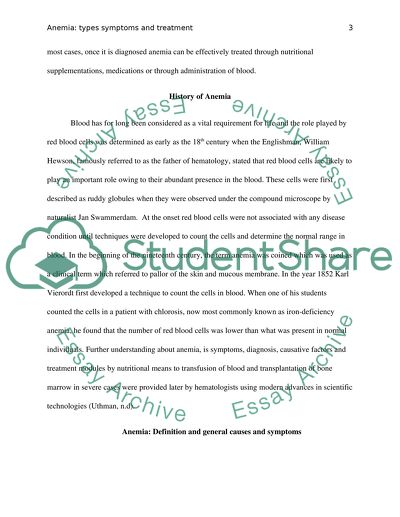Cite this document
(“Anemia: the types, symptoms and treatment Research Paper”, n.d.)
Retrieved from https://studentshare.org/health-sciences-medicine/1404528-aemia
Retrieved from https://studentshare.org/health-sciences-medicine/1404528-aemia
(Anemia: The Types, Symptoms and Treatment Research Paper)
https://studentshare.org/health-sciences-medicine/1404528-aemia.
https://studentshare.org/health-sciences-medicine/1404528-aemia.
“Anemia: The Types, Symptoms and Treatment Research Paper”, n.d. https://studentshare.org/health-sciences-medicine/1404528-aemia.


